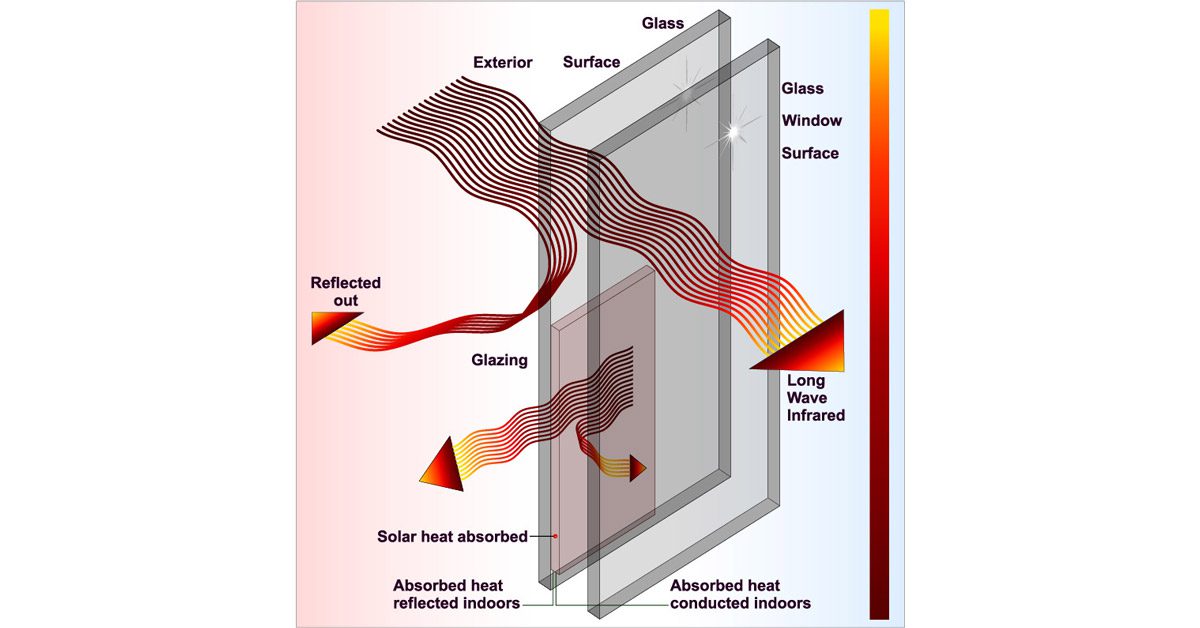All Categories
Featured
Table of Contents
Double Glazing Vs Triple Glazing: Which Should You Choose in Burswood WA
Laminated glass is typically used in areas in the house most vulnerable to injury from human effect such as bathrooms, doors, around staircases and in areas near to the flooring (it satisfies the requirements of 'safety glass' that is mandated for usage in these areas by Australian Basic AS 1288 Glass in structures).
Toughened glass has been 'tempered' by being reheated and rapidly cooled again. This process makes it much more powerful than basic glass it can withstand greater impact loads before breaking. It also makes it much safer due to the fact that, when it does shatter, it breaks into numerous little cubic pieces rather than unsafe shards.
Which Is The Best Type Of Double Glazing? - Which? - Which.co.uk in Kingsley WA
Toughened glass has no thermal or acoustic advantages over other glass of the same toning or density. Secondary glazing is where single-glazed windows are retrofitted with a transparent acrylic or glass sheet connected to the inside of the frame or openable sash with a secondary frame or with magnetic strips.


Secondary glazing will not carry out too thermally as a made IGU, given that it is difficult to totally seal the boundary, but it can provide excellent sound control. Window movies are a thin polymer movie consisting of a soaking up dye or reflective metal layer, with an adhesive support. They stay with your glazing to alter its colour or make it reflective.
Enjoy Your Summer More With Double Glazed Windows in Mt Richon Western Australia
Applied to existing glass, some window films can halve the overall SHGC of the window by soaking up and/or reflecting solar radiation. This can be especially useful in hotter environments where cooling is the primary issue, or on east and west elevations straight exposed to extended periods of sunshine. However, window movies may also minimize visible light transmittance.

For this reason, it is typically best to use an accredited installer of window film. Frames have a substantial effect on the thermal efficiency of doors and windows, since energy can be acquired and lost through the frame, along with through the glass. Various types of frame will allow various levels of heat gain and loss, so careful option of frame is very important for reliable passive design.
Lifestyle - West Coast Double Glazing in Kardinya WA
Aluminium is also a really excellent conductor of heat and will reduce the insulating worth of a glazing system, unless particularly engineered to lower this. A 'thermally broken' frame is comprised of 2 aluminium sections linked by a structural insulator (generally a low-conductivity structural polymer). This 'breaks' the thermal connection through the aluminium and lowers the heat flowing through the frame.
They can be expensive, however costs are decreasing as they end up being more typical. Lumber frames are a great natural insulator that can suit some house designs. Timber frames need to be made from species that have naturally high resilience or be treated to avoid decay and contortion. Examine that the lumber is sourced from a sustainably handled forest.
Canberra Window Replacement - Upvc Double Glazed ... in Ocean Reef WA
(weather condition removing) is set up.
u, PVC windows and doors have outstanding thermal performance Image: Ben Wrigley (Light Home Architecture and Science) Composite frames use aluminium profiles on the outer areas with either a wood or u, PVC inner section. These integrate the low maintenance and toughness of aluminium with much improved thermal performance.
Latest Posts
Faq in Bedfordale Perth
What Are Double Glazed Windows? - Build in Duncraig Western Australia
Single Glazed Vs Double Glazed Windows - Ultimate Guide in Kensington Perth